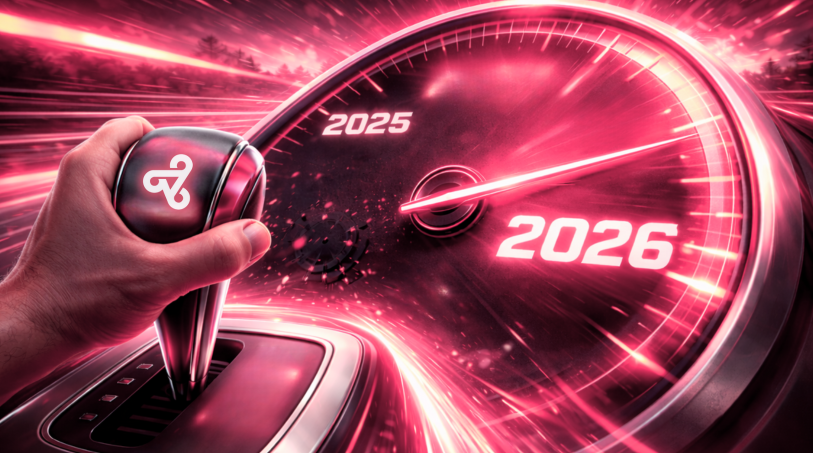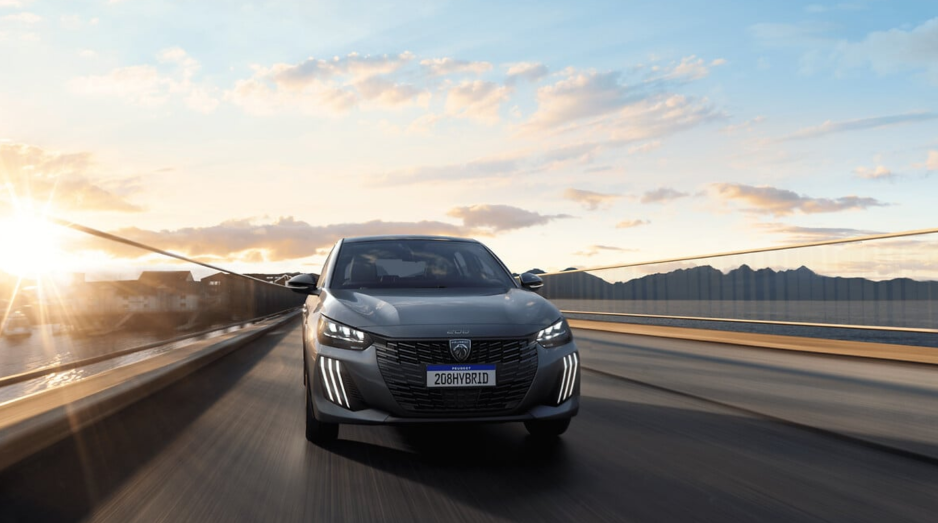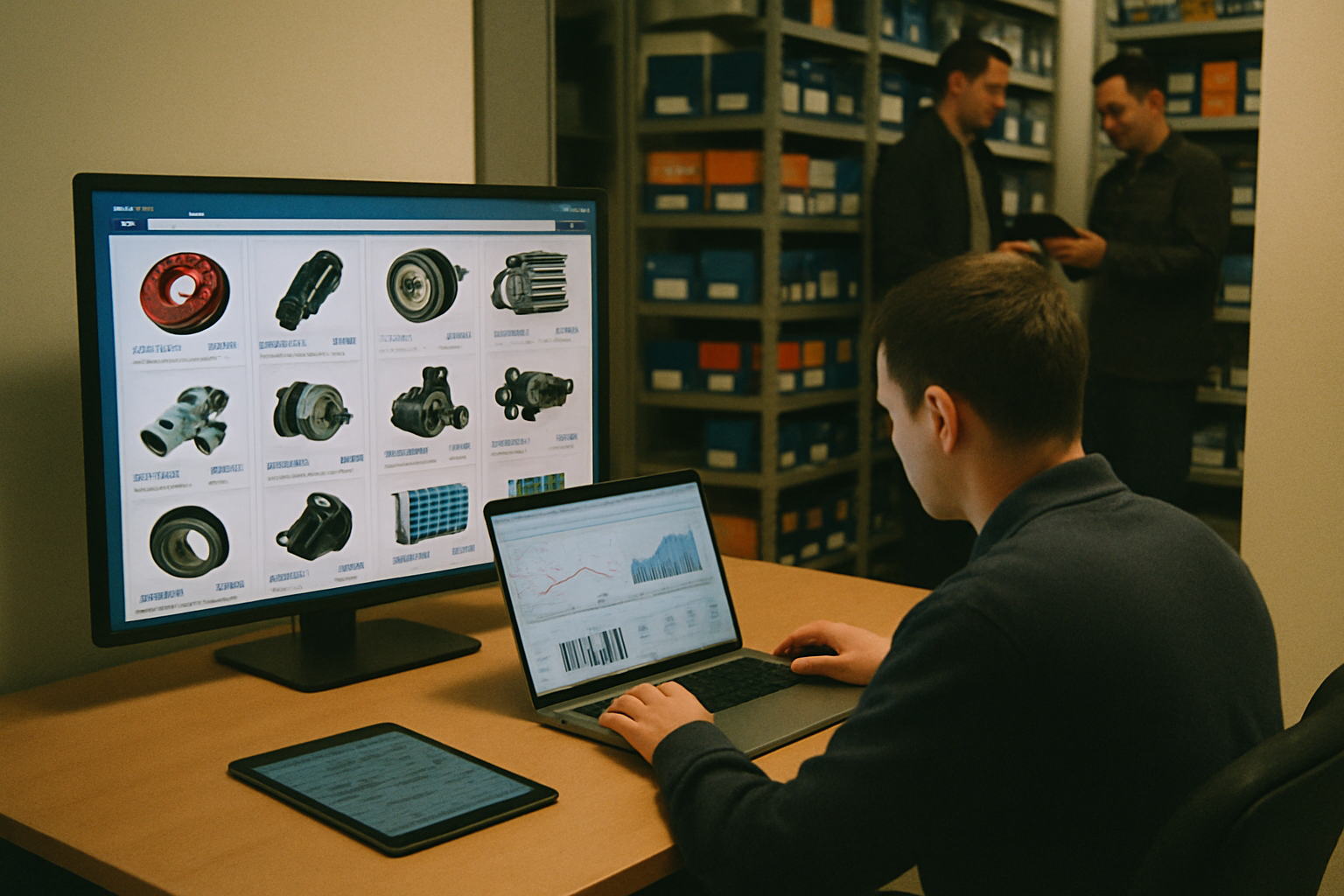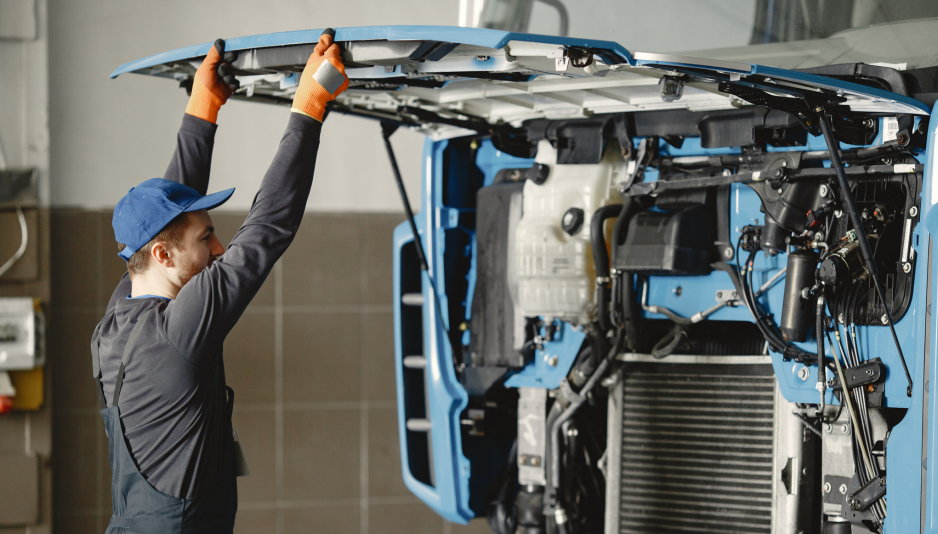The rising average age of vehicles in Latin America is reshaping the auto parts sector. With millions of cars on the road that are over 10 years old, demand for replacement parts is growing, and e-commerce has emerged as the key channel to capitalize on this transformation.
For years, economic challenges have limited access to new vehicles in the region. Today, that reality is reflected in streets filled with aging cars requiring increasingly frequent maintenance. At the same time, e-commerce has matured into a strategic tool that offers an efficient, scalable, and profitable way to meet this demand.
In this scenario, the auto parts industry has a clear opportunity: understand the moment, digitize its channels, and adapt to a consumer who no longer visits stores to find parts but searches for them, and finds them, online.
Snapshot of the LATAM Vehicle Fleet
The region has an aging vehicle fleet, with averages well above global standards:
Argentina: with an average vehicle age of 12 years, the fleet is growing more through used vehicle incorporation than new sales.
Mexico: one of the oldest fleets in the region, averaging 16 years. This has led to the rise of more affordable mobility options like motorcycles.
Peru: in areas like Lima, the average age reaches 22 years, far above the 5 years recommended by the Peruvian Automotive Association. This has fueled strong demand for auto parts, particularly through digital platforms.
Colombia: with an average around 13 years, the country has seen a boom in car and motorcycle sales. Online auto parts sales have grown in response to increased maintenance needs.
Chile: home to the most modern vehicle fleet in the region, averaging 9 years. Even so, the steady increase in vehicle numbers has driven demand for parts, especially for less common models.
The common denominator across these markets is clear: the pace of vehicle renewal is insufficient, and aging fleets are expanding the replacement parts market.
E-commerce: From Emerging to Mainstream Channel
In this environment, e-commerce is no longer just an option it’s the preferred channel for both consumers and distributors. Ease of search, price comparison, home delivery, and the option to pick up or install at physical stores make e-commerce an effective solution for demanding buyers.
Mercado Libre, one of the leading marketplaces in the region, reports strong growth in visits, sales, and product variety within the automotive segment.
Beyond end-user benefits, the digital channel offers strategic advantages to manufacturers, distributors, and resellers:
- Higher inventory turnover at a regional level;
- Better margins due to fewer intermediaries;
- Targeted marketing tools and visibility;
- Efficient and scalable logistics integration.
The challenge, of course, is twofold: adapting to a digital ecosystem that demands precision, reputation, and customer service and competing in an environment where online experience is just as important as product quality.
A Trend That’s Here to Stay
E-commerce auto parts sales are no longer a bet they’re a reality. The combination of an aging vehicle fleet and a highly digital consumer base creates a unique opportunity for the sector.
Brands, distributors, and sellers that recognize this shift and accelerate their digital transition will be best positioned to lead the market. With technology as an ally and growing demand for parts, online channels are set to become the main driver of ecosystem growth in the coming years.
A Sector Undergoing Digital Transformation
The shift to digital is no longer optional it's essential. Brands entering e-commerce today aren’t just expanding their reach; they’re preparing to compete in a landscape that prioritizes availability, user experience, and logistical efficiency. With aging vehicles and economies favoring maintenance over replacement, the future of the auto parts industry increasingly lies in the digital realm.












